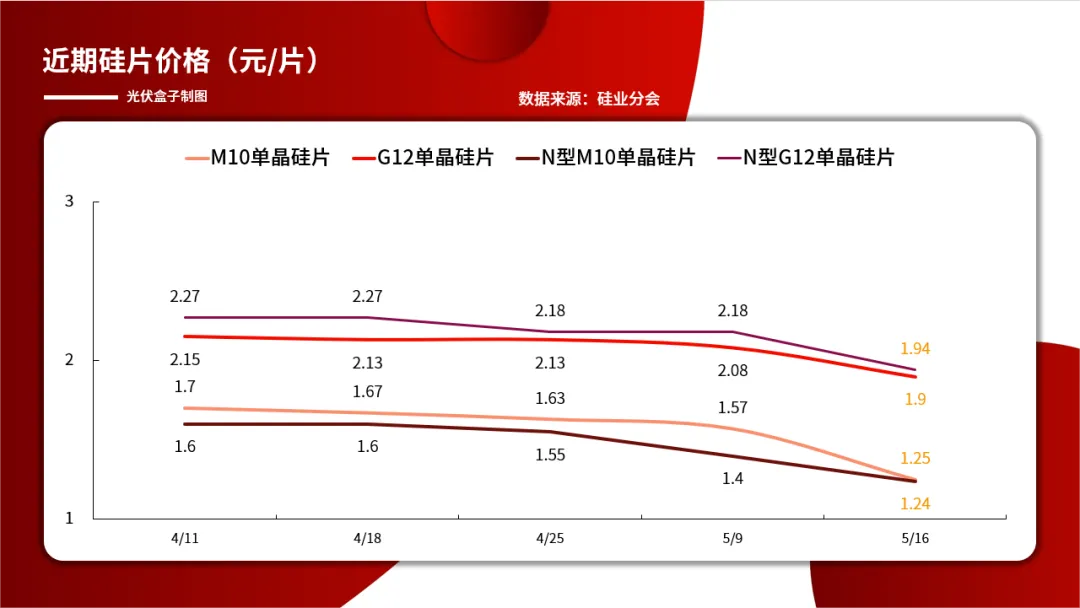solar panel peak efficiency
Understanding Solar Panel Peak Efficiency An Overview
Solar energy has emerged as one of the most promising alternative energy sources, becoming an essential component in the global transition towards sustainable practices. Central to the efficiency and effectiveness of solar energy systems is the concept of peak efficiency in solar panels. This term refers to the maximum conversion rate at which solar cells can transform sunlight into usable electrical energy. Understanding peak efficiency is crucial for both consumers and manufacturers as it significantly influences the performance, cost, and overall feasibility of solar energy systems.
Solar panels are composed of photovoltaic (PV) cells that capture sunlight and convert it into electricity. The technology used in these cells has advanced considerably over the years, leading to improvements in peak efficiency metrics. In the early days of solar energy, traditional silicon-based solar panels boasted efficiencies of around 15%. However, advancements in technology have led to the development of high-efficiency panels, such as monocrystalline silicon cells, which can achieve efficiencies of 22% to 26%.
One of the key factors affecting peak efficiency is the material used in the solar cells. Monocrystalline panels are made from a single crystal structure, allowing electrons to flow more freely, resulting in higher energy conversion rates. On the other hand, polycrystalline panels involve multiple crystal structures, leading to lower efficiency rates, typically between 15% and 20%. Additionally, there are thin-film solar panels, which are generally less efficient, with peak efficiencies often around 10% to 12%. Despite this, they offer certain advantages, such as flexibility and lighter weight, making them suitable for specific applications.
solar panel peak efficiency

Temperature also plays a significant role in the peak efficiency of solar panels. Solar cells are susceptible to heat; as temperatures rise, their efficiency can decline. Most solar panels have a temperature coefficient that indicates how much efficiency drops with an increase in temperature. This means that in hotter climates, consumers may see reduced efficiency compared to expected performance levels under standard test conditions.
Another crucial aspect to consider is the angle of sunlight exposure. For solar panels to reach peak efficiency, they should ideally be installed at an angle that maximizes sunlight absorption throughout the year. Fixed installations may not achieve this optimal angle, leading to a loss in overall efficiency. Solar tracking systems, which adjust the position of the panels following the sun’s path, can enhance energy capture and boost overall energy production.
Furthermore, advancements in technology continue to push the boundaries of solar panel peak efficiency. Research in areas such as bifacial solar modules, which can capture sunlight on both sides, and innovative materials like perovskite solar cells shows promise for surpassing traditional efficiency limits. These developments could revolutionize the solar industry, making solar energy even more competitive with fossil fuels.
In conclusion, understanding solar panel peak efficiency is vital for making informed decisions regarding solar energy investments. With efficiencies continuously improving due to technological advancements, solar energy is becoming more viable and efficient, providing a sustainable alternative to conventional energy sources. As more consumers and companies turn to solar solutions, the importance of maximizing peak efficiency will remain a focal point in the pursuit of a greener future. This understanding not only empowers consumers to make better choices but also drives innovation within the solar industry.
-
Unlocking Energy Freedom with the Off Grid Solar InverterNewsJun.06,2025
-
Unlock More Solar Power with a High-Efficiency Bifacial Solar PanelNewsJun.06,2025
-
Power Your Future with High-Efficiency Monocrystalline Solar PanelsNewsJun.06,2025
-
Next-Gen Solar Power Starts with Micro Solar InvertersNewsJun.06,2025
-
Harnessing Peak Efficiency with the On Grid Solar InverterNewsJun.06,2025
-
Discover Unmatched Efficiency with the Latest String Solar InverterNewsJun.06,2025







